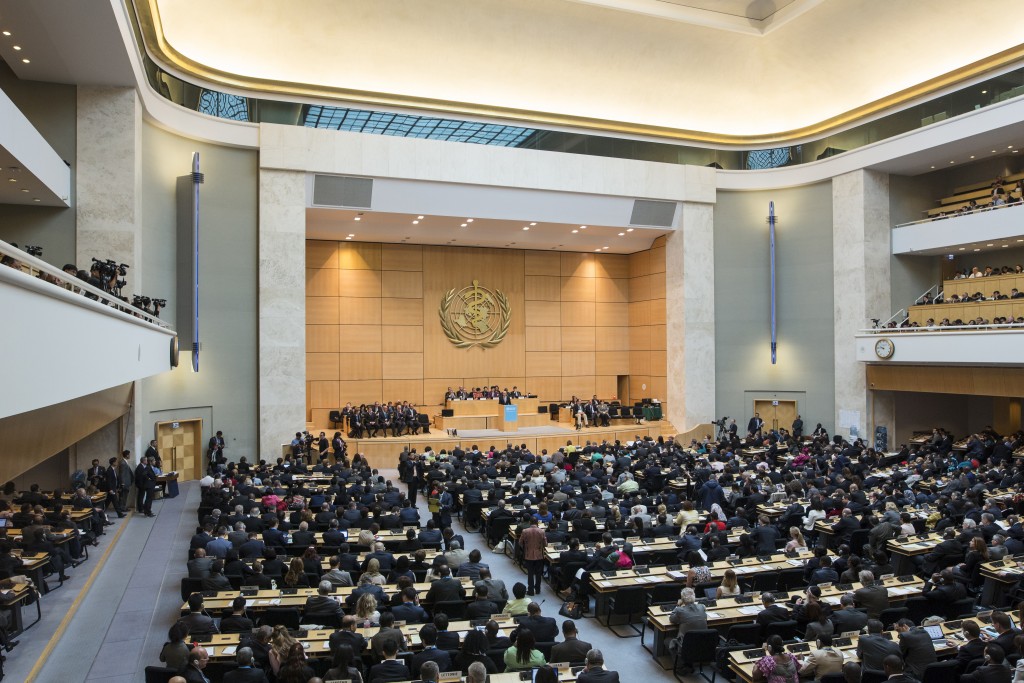Two important policy documents were adopted by the 69th World Health Assembly in May 2016:
- Global strategy on human resources for health: Workforce 2030
- Global strategic directions for strengthening nursing and midwifery 2016-2020
Both strategic frameworks provide direction on the global health workforce in support of achieving universal health coverage by overcoming gaps in availability, access and education. The Workforce 2030 document provides context on the United Nations Sustainable Development Goals and the push to universal health coverage outlining milestones for 2020 and 2030. I have been reviewing the nursing and midwifery document with great interest as I reflect on its relevance to my work as a nursing consultant. The document is well organized in its presentation of four themes and guiding principles followed by an implementation section on proposed action and indicators for monitoring and evaluation. The thematic areas are:
- Ensuring an educated, competent and motivated nursing and midwifery workforce within effective and responsive health systems at all levels and in different settings.
- Optimizing policy development, effective leadership, management and governance.
- Working together to maximize the capacities and potentials of nurses and midwives through intra- and interprofessional collaborative partnerships, education and continuing professional development.
- Mobilizing political will to invest in building effective evidence-based nursing and midwifery workforce development (WHO, 2016, p. 14).
In reading the elaboration on each theme, I am pleased to note attention to positive work environments, recognition of the value of investing in education and professional development and discussion of leadership and advocacy for responsive health systems. Further, the document highlights the importance of engaging professional associations of nurses and midwives in policy development.
Although the document is intended primarily for the WHO system, including its regional offices and member countries, there is scope for the contributions of civil society partners such as nursing and midwifery professional associations and regulatory bodies. In proposing action on each of the four themes, the WHO identifies strategic interventions at the national, regional and global levels as well as a role for partner organizations. One such partner is the International Council of Nurses (ICN), a contributor to consultation sessions in development of the document and an advocate for collaborative efforts to improve global health. For those interested in further background reading, ICN maintains a collection of resources on health workforce developments.
This topic will be highlighted during the next ICN Congress will take place in Barcelona from May 27 to June 1, 2017. The Congress Website has preliminary information and detailed instructions for submitting online abstracts until October 10, 2016. The Congress theme – Nurses at the forefront transforming care – has been chosen to tie in with universal health coverage, strengthening the health workforce and the Sustainable Development Goals.
Posted by Nora Whyte
June 1, 2016
